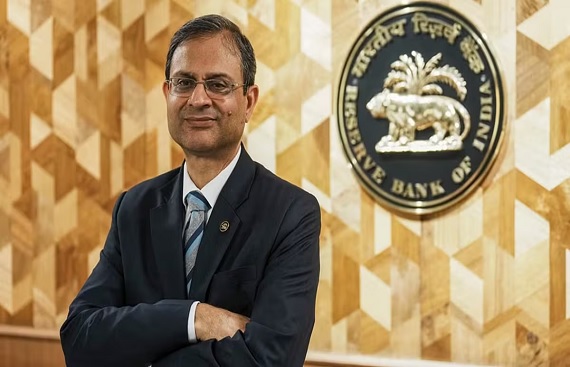RBI Launches Unified Platform to Tokenize Financial Assets

-
RBI introduces Unified Markets Interface (UMI) to tokenize assets via wholesale CBDC.
-
The move aims to enhance financial inclusion and market efficiency through digital infrastructure.
-
RBI also unveiled new AI and UPI based innovations to strengthen India’s fintech ecosystem.
In a major step toward digital asset transformation, the Reserve Bank of India (RBI) has launched a Unified Markets Interface (UMI), a next generation financial market infrastructure designed to tokenize financial assets and enable settlements using wholesale Central Bank Digital Currency (CBDC).
RBI Governor Sanjay Malhotra announced the initiative at the Global Fintech Fest 2025, calling it a key milestone in building a more integrated, transparent, and efficient financial system. He said early results from the pilot have already shown positive signs of improved market efficiency.
Asset tokenization, powered by blockchain technology, converts real world assets into digital tokens that can be traded globally, allowing fractional ownership and faster settlements through smart contracts. Malhotra noted that India’s financial infrastructure must evolve to support data integration and financial inclusion at scale.
He highlighted the progress of the Account Aggregator (AA) framework, which empowers individuals to share their financial data securely with regulated entities. Currently, the ecosystem includes 17 account aggregators, 650 Financial Information Users (FIUs), 150 Financial Information Providers (FIPs), and over 160 million active accounts.
Also Read: RBI Reaffirms Commitment to Fair Practices in Forex Market
RBI is also working on setting new standards to improve user onboarding, enhance data security, and make consent based data sharing more transparent.
Alongside UMI, the RBI introduced four new fintech solutions, AI powered UPI HELP, IoT Payments with UPI, Banking Connect, and UPI Reserve Pay to streamline payments, enhance user experience, and support innovation in digital banking.
